
The Ruff is a fascinating bird, especially known for its unique courtship behaviour. During the breeding season, male Ruff gather in specific areas called mating grounds (Leks) to show off and attract females. These mating grounds are usually small open grassy areas where the males perform spectacular displays.
The males display their stunning ruffs and headdresses, which they raise while flapping their wings, leaping into the air, and performing various postures, including bowing and crouching. This spectacular display is designed to impress females who come to the courting grounds to select a mate. It is a highly competitive environment, and males often fight to establish dominance and attract the attention of females. The courtship behaviour of the ruff is a striking example of nature's complex mating rituals.
The Ruff is a really interesting bird, especially during its breeding season when males gather on leks to show off and attract females. There are three types of male Ruffs, each with its own unique strategy:
Independent Males: These guys are the most common. They have flashy, colourful feathers and defend their own little spots on the lek.
Satellite Males: These males aren’t as flashy and don’t have their own territories. They move around and try to sneak in matings whenever they can.
Faeder Males: These are the sneaky ones. They look like females, which helps them get close to other males’ territories without being noticed, giving them a chance to mate.
Each type has its own way of trying to win over the females. This is a great example of how different strategies can evolve in the same species.
I've attached some pictures of their glamorous courtship costumes during the lekking season.
After the courtship period, here’s what happens with the Ruffs:
Nesting: The female Ruffs leave the leks and find good spots to nest, usually in wet meadows or marshes. They build their nests on the ground and hide them among the plants.
Egg Laying and Incubation: The female lays about 3-4 eggs and then incubates them for around 20-23 days. The males don’t help with nesting or taking care of the eggs.
Hatching and Rearing: When the eggs hatch, the female looks after the chicks. The chicks are pretty independent right from the start and leave the nest within a day or two to follow their mom and learn how to find food.
Fledging: The chicks grow fast and are usually able to fly within a few weeks. By then, they’re almost fully independent.
It’s a busy time for the female Ruffs as they work hard to ensure their chicks survive.
(source de Wikipédia, birdweb.org)





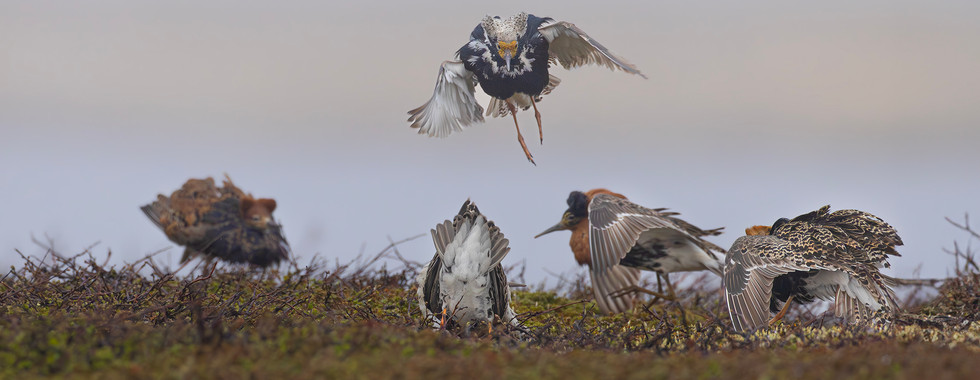







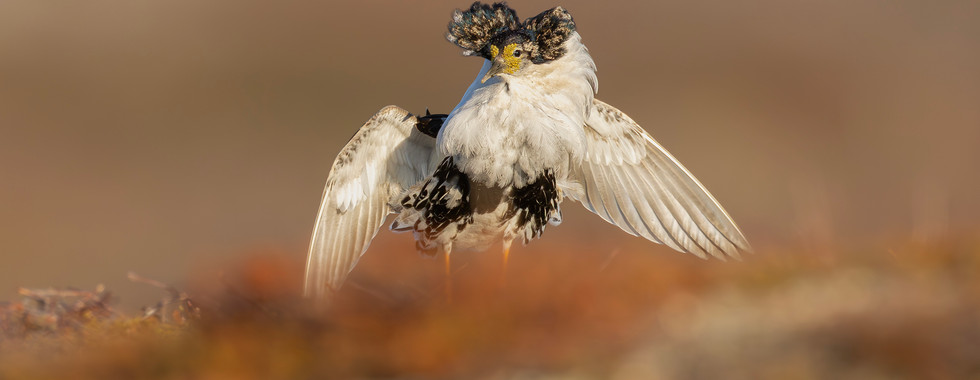

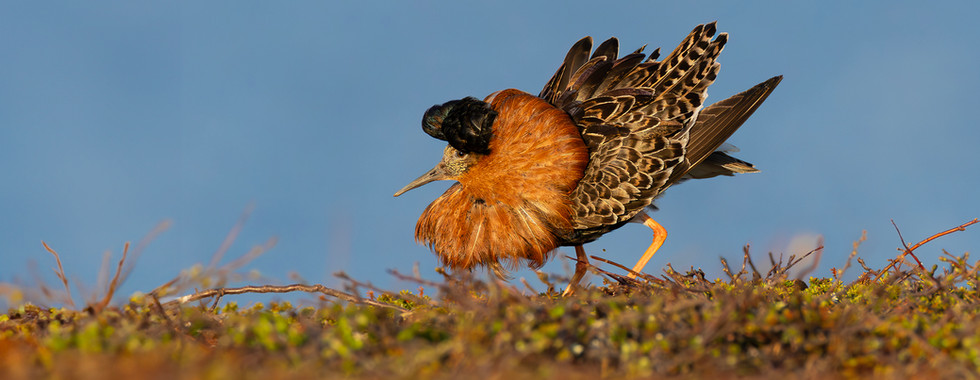



































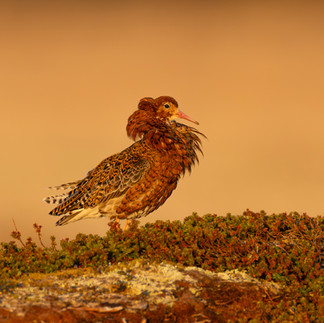

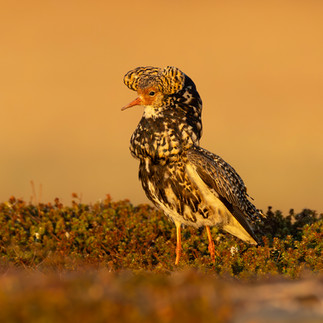






Comments